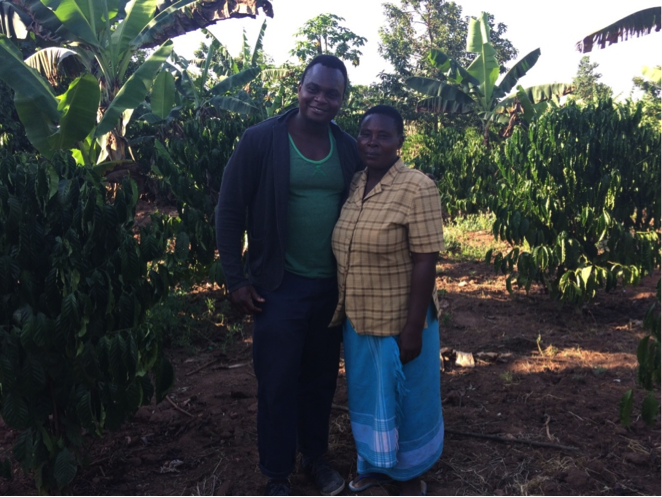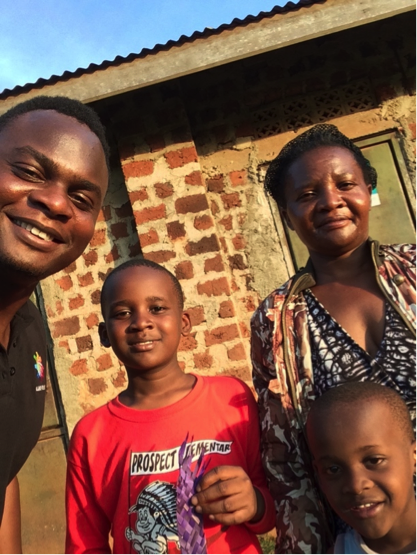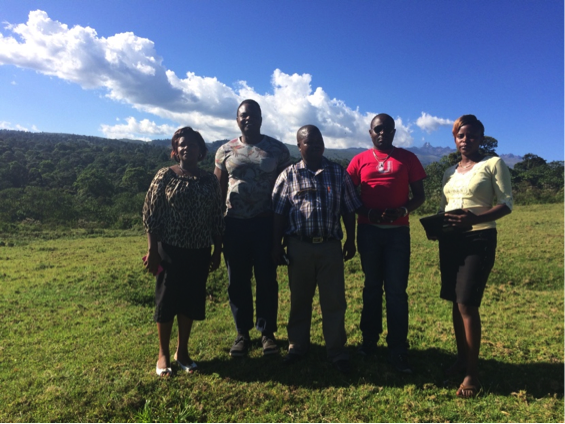
As a direct product of the African diaspora, I have had what I believed to be thorough exposure to African culture, cuisine and history. Even though I was raised in New York City, my family made sure to instill in me many of the African values that were passed down to them. We always had at home a choice of dish for dinner, African or Western. For special occasions, we wore the brilliant colors of kente and I proudly wore mine at all the African cultural events in New York and naturally I grew up reading all the writing of famed Nigerian author, Chinua Achebe. I considered myself an authentic African albeit with a western affliction.

However, it was for me both a thrilling and a shocking experience to have spent time in East Africa this year. I had the wonderful opportunity to visit 3 fascinating nations in three weeks; Kenya, Uganda and Tanzania. In the short time that I was there, each of these countries presented me with a rich and distinctive cultures, cuisines and ways of life. I ate my first dish with ugali, a staple food in East Africa made with ground maize. I sampled my first Ugandan matoke, the prized crop of Uganda that bears many similarities to a banana, and uttered my first words of Swahili, jambo , (hello) asante sanaa (thank you very much) and pole pole , (take it easy).
It was also my first exposure to the people of these countries. I learned the hard way that Ugandans don t really like to speak Swahili, even though they learn it in school and that Kenyans and Tanzanians use it daily, to communicate with those who may not come from their ethnic group. In my travels, I was introduced to many natives of these lands who were so open to talk to me of their histories and hardships. It was through these people that I also experienced firsthand many difficulties that African people face in their day-to-day lives.
My biggest faux pas was with a remark I made during a meal about how small the meat portions were. My lovely host that evening kindly remarked that meat was very expensive in East Africa, as cattle take up a lot of space and use a lot of resources . From that moment on, I was keenly aware of why most of the dishes were vegetarian or fish based, and why it was rare to see beef on my plate. These things were not taught me in my African-inspired home life in New York.
The next reality check struck me when I had the opportunity to visit a number of Farms in East Africa. I visited a number of farms in Kenya, Uganda and Tanzania and I found their beauty dazzling. I was fascinated by the crops; cassava, matoke, rice, coffee, and many others that until then I had never before seen growing in the field. What fascinated me more was the cultural significance that the local plantation represented for the people of the village. There was a much stronger link here between the farm, the food and the people who consumed it.
This is why it was especially saddening to see firsthand how farmers where negatively impacted by climate change, plant diseases, and pests.

On each of the farms I visited in these countries I was told countless stories of how large swaths of their land have been devastated, either because it doesn t rain enough or a virus or destructive pests have invaded. It was further disheartening to learn directly from many African farmers that their ability to eat for the upcoming months was directly linked to the success- or failure- of their harvest. The reality in many places is that farmers eat only what they grow and are having a much harder time growing enough to eat.
The outlook for African farmers, already battling against the impacts of climate change, is deeply concerning. However, the optimist in me realizes that smallholder farmers can also be agents of change and the impetus for a more food-secure future. All the research shows that with the right support, farmers can drive sustainable agricultural development that builds resilience and reduces greenhouse gas emissions. To make this future a reality, farmers need enabling policies and incentives to invest in environmental services, preserve biodiversity, sustainably manage land and water, and use energy efficiently. Included in that toolbox of solutions should also be the direct, easy and affordable access to scientific technologies- such as biotechnology- which can give them a fighting chance to combat agricultural challenges.
In the last century, science has created all the marvelous tools that could theoretically free the globe from hunger. It is now our duty as global citizens find ways to bring that theory out into the field, and to those who need it most. The focus must be to make it right-sized and easily adoptable for the rural poor.
I am honored to play a part in helping deliver life-changing agricultural technologies directly into the hands of smallholder farmers.
